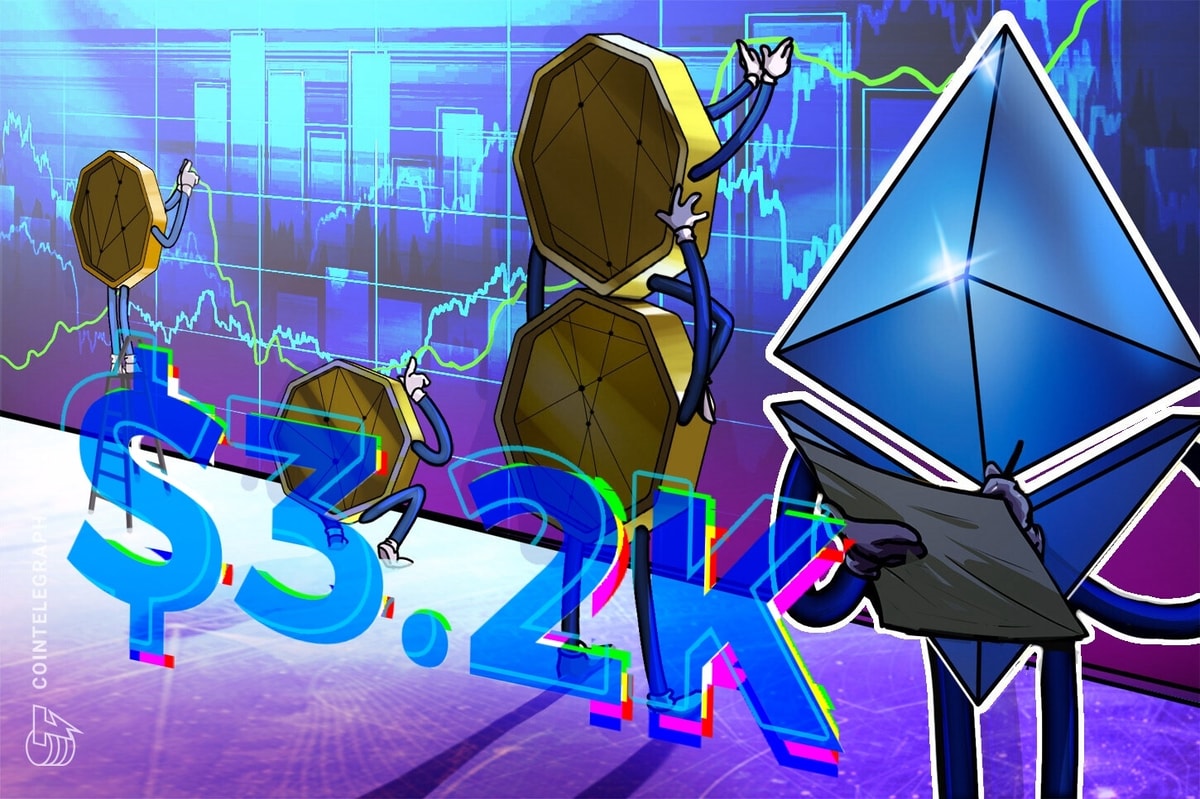Flatcoiners should take a cue from TerraUSD’s fate
3 min read
The post-COVID-19 era has brought the issue of inflation to the forefront, leading to increasing interest within the Web3 space for creating flatcoins, a close “cousin” of stablecoins designed to mitigate inflation risk.
Many existing flatcoins, like Terra’s TerraUSD (UST) stablecoin, are algorithmically backed and therefore serve as a stark reminder of the risks associated with algorithmic backing, as demonstrated by the collapse of LUNA and UST. So, while the idea behind flatcoins may seem appealing, they raise significant reservations conceptually and in terms of design. Ultimately, the success of flatcoins will depend on whether developers can deliver on their promise.
To date, flatcoin white papers — including the one offered by Coinbase — do not appear to deliver on their envisioned promise, at least in their current state. In particular, the token economics designs of some projects are likely to pose an even higher risk than contemporary stablecoin designs.
Problems at the conceptual level
Examining the potential use cases of flatcoins is indeed crucial. While often presented as an asset that can help users preserve their purchasing power amid inflation and economic uncertainty, this idea could be misleading.
Stablecoins are digitized versions of fiat currencies, and their value as a medium of exchange and unit of account is the same as that of fiat currencies. In contrast, flatcoins are indexes of the buying power of a fiat currency obtained through oracles that collect data on economic indicators such as the Consumer Price Index (CPI).
Related:
The success of flatcoins will depend on the continued innovation of oracle teams. A decentralized flatcoin index could significantly improve existing investment instruments for hedging inflation risk if creators can achieve real-time CPI data.
Risks and uncertainties
The widespread adoption of flatcoins and similar cryptocurrencies depends on their ability to overcome the inherent challenges and risks of stablecoin designs.
As flatcoins and other inflation-indexed cryptocurrencies emerge, evaluating their impact on the broader financial ecosystem is crucial. Do they provide a more stable and decentralized alternative to traditional currencies, or are they just another investment vehicle?
Investors, users and regulators must carefully examine new developments in the digital asset space. Understanding these cryptocurrencies’ true nature and potential is vital to determining whether they will become dominant in the financial landscape or remain an intriguing but niche investment option.
Flatcoins’ emergence highlights the ongoing pursuit of stability and decentralization in the digital asset arena. Although this new financial instrument introduces an innovative approach, it carries additional risks and uncertainties. Investors, users and regulators can better navigate the future of inflation-indexed cryptocurrencies by maintaining a critical eye on these developments.
Peter Han holds a Ph.D. in finance from the University of Illinois Urbana-Champaign, concentrating in financial intermediation and fintech, in addition to a master’s degree in financial engineering. He holds a BA in English and BS in mathematics from China’s Tianjin University. He worked for PwC in Beijing before joining IoTeX, where his work focuses on tokenomics-related research aimed at enhancing IoTeX’s tokenomics design.
This article is for general information purposes and is not intended to be and should not be taken as legal or investment advice. The views, thoughts and opinions expressed here are the author’s alone and do not necessarily reflect or represent the views and opinions of Cointelegraph.






